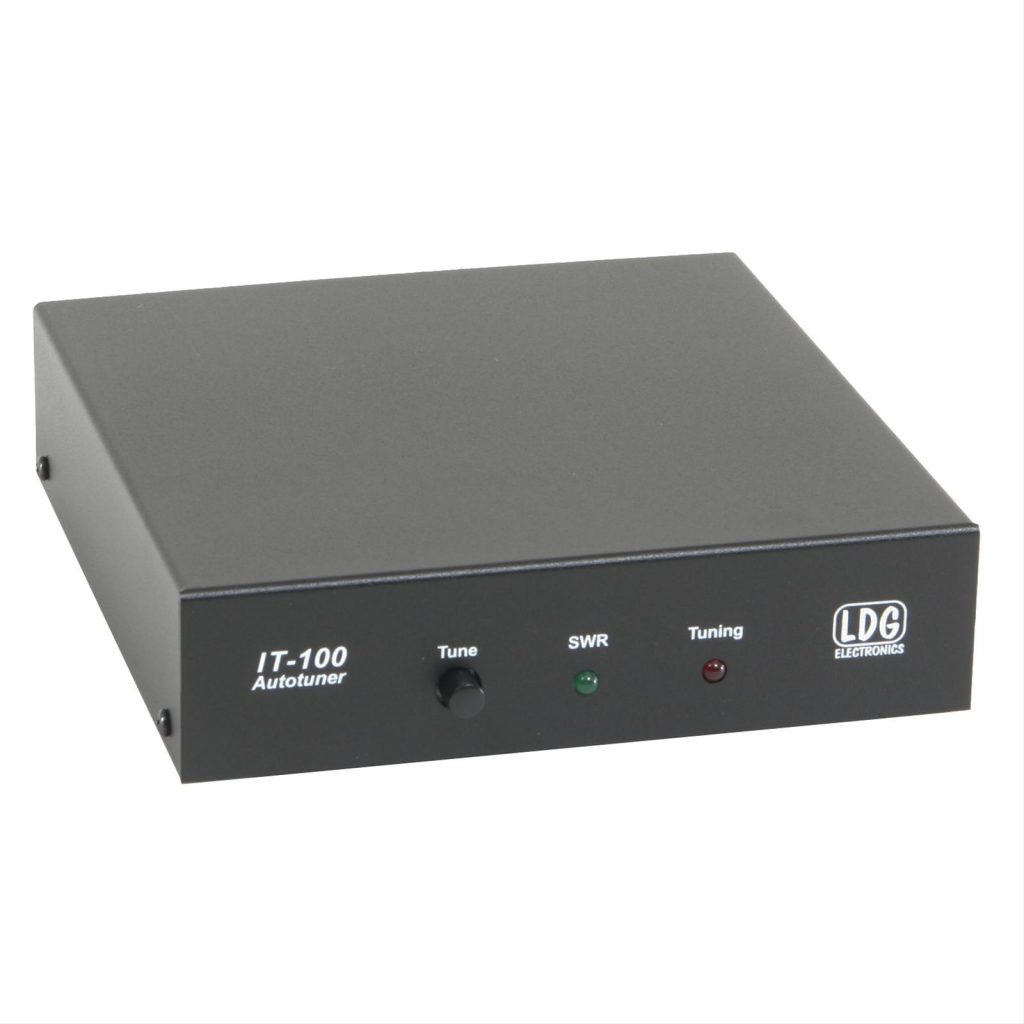
There is nothing more misunderstood or misrepresented in the world of ham radio than the antenna tuner. According to many, they’re an indispensable accessory for your ham shack and a cure-all for marginal antenna systems. Myths and rumors about tuners abound—some believe a good tuner will transform a wet noodle or bedsprings into usable antennas.
However, the antenna tuner doesn’t really tune an antenna. Its purpose is to match the radio’s 50 ohm antenna connection to the antenna and coax, avoiding damage to the radio if a mismatch exists. Essentially, it keeps your rig happy and protected, even when your antenna system is not up to par.
Antenna tuners are valuable tools for many applications, but if you’re looking for a well-matched antenna system, there are other choices that may better suit your needs. One option is to build a resonant antenna to match the frequencies you plan to use.
The Match Game
A resonant antenna is a multiple of a quarter wavelength at a desired frequency. As you remember from Ham Radio 101, a resonant antenna’s length in feet is calculated using these simple formulas: 234/ frequency in MHz for a quarter wave antenna, 468/ frequency in MHz for a dipole. For example, if you wanted to make a dipole resonant at the middle of the 40 meter band (7.150 MHz), its total length would be 65.45 feet. For more about resonant antennas, check out ARRL’s Antenna Book.
Build or Buy—Your Choice
Dipoles: The dipole antenna is one of the most effective and inexpensive antennas. Using simple hookup wire and some insulators, you can build single band or multiple-band fan dipoles. DX Engineering has some durable 14 AWG insulated premium copper wire and dipole accessories that are a great option for constructing your DIY dipole. Ready-made multiband dipoles are available from Alpha Delta, EAntenna, and Diamond. You’ll also find compact rotatable dipoles from Comet and MFJ. Kits for making dipoles are available from DX Engineering from its own brand and other manufacturers such as Bushcomm.
Put your antenna in the air and connect some good quality coax. Fine tune it as necessary by adjusting the antenna’s length. Chances are, your resonant dipole will be a very close match for your radio and provide reasonably good SWR readings. Remember, shorten the antenna to raise the resonant frequency; lengthen it to lower the resonant frequency. Hint: Cut your dipole lower than it needs to be at first.You can cut it shorter much easier than lengthening it.
Resonant verticals. If you’re cramped for space, resonant verticals might be your answer. They’re good for DX, primarily because of their low takeoff angle. Hustler’s BTV series antennas have been proven in the field since 1959 and provide multiple band operation. Butternut’s HF series and HyGain’s AV series also feature multi-band operation. These verticals need radials for optimum performance, or at minimum, a good ground.
Yagis, Cobwebs and Hex Beams. These are multi-element antennas generally built for the 20 meter bands and up, though there are some models that include 40 meters as well. They offer gain and directionality. Three-element tribanders (20/15/10 meters) have been popular for decades, including models like the Cushcraft A3S, DX Engineering DXE-3X10 Skyhawk, and Hy-Gain’s TH-5MK2. Variants of these may include the WARC bands (30/17/12 meters) as well.
Hex beams and spiders contain two wire elements for each band, spread around a hexagonal or square support frame. They’re lightweight and usually have a small turning radius. Examples include DX Engineering HEXX Beam Antennas and the MFJ-1836 Cobweb Antenna.

